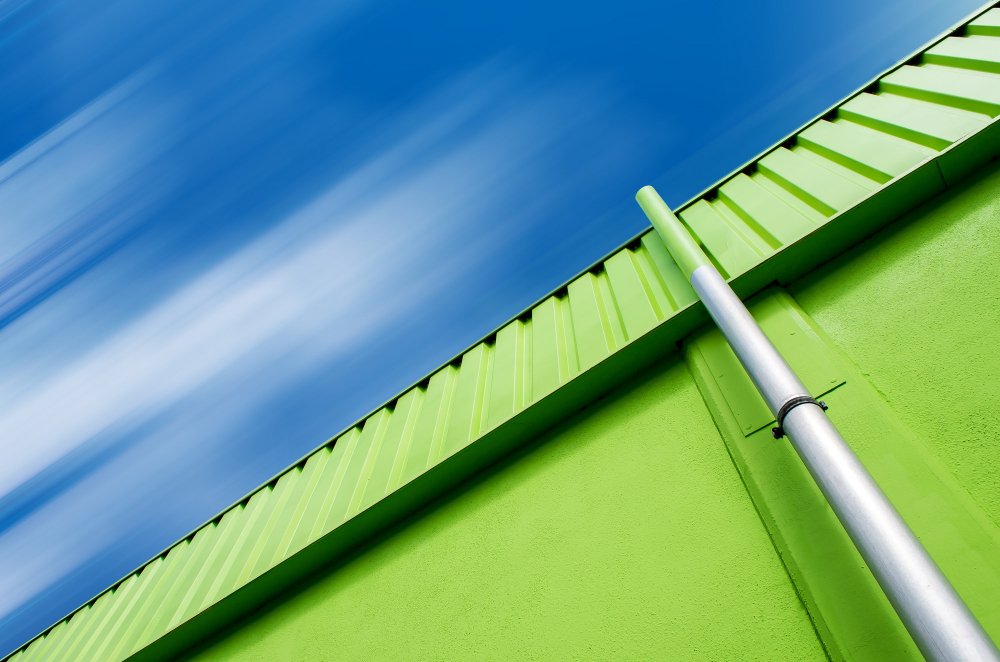In industrial and commercial settings, adequate lighting is paramount for ensuring productivity, safety, and overall efficiency. High bay lights play a crucial role in illuminating large indoor spaces with high ceilings, such as warehouses, factories, gymnasiums, and hangars. However, choosing the right high bay lights requires careful consideration of various factors to ensure optimal performance and cost-effectiveness. This article aims to provide a comprehensive guide covering everything you need to know before making a purchase.
Understanding High Bay Lights
High bay lights, with their towering presence and luminescent prowess, are specially crafted luminaires tailored for spaces adorned with lofty ceilings.
Ranging from 15 feet to over 50 feet in height, these fixtures stand as beacons of brightness in environments where traditional lighting solutions falter. Their defining characteristic lies not only in their ability to emit a uniform glow but also in their adeptness at minimizing glare and eradicating shadows. Looking for high bay lights for sale? Installed via suspension chains, hooks, or brackets, high bay lights soar overhead, ensuring ample illumination without encroaching upon precious floor space.
Whether for industrial warehouses, gymnasiums, or retail spaces, high bay lights for sale offer an unparalleled lighting solution, illuminating vast areas with efficiency and style.
Types Of High Bay Lights
There are several types of high bay lights available on the market, each catering to specific lighting needs and preferences:
- LED High Bay Lights: LED (Light Emitting Diode) high bay lights are increasingly popular due to their energy efficiency, long lifespan, and superior light quality. They consume less energy than traditional lighting options and offer greater durability, making them a cost-effective choice in the long run.
- Metal Halide High Bay Lights: Metal halide lights are known for their powerful illumination and are often used in large industrial facilities. However, they have a shorter lifespan and higher energy consumption compared to LED lights.
- Fluorescent High Bay Lights: Fluorescent lights are another common option for high bay lighting. While they are more energy-efficient than metal halide lights, they have a shorter lifespan and may produce flickering or buzzing noises over time.
Factors To Consider
Before purchasing high bay lights, it’s essential to consider the following factors to ensure they meet your specific requirements:
- Ceiling Height: The height of your ceiling will dictate the type and wattage of high bay lights needed to achieve adequate illumination. Taller ceilings may require more powerful fixtures or additional lighting sources to prevent dark spots.
- Light Distribution: Different high bay lights offer various light distribution patterns, such as narrow, wide, or symmetrical beams. Choosing the right distribution pattern is crucial for achieving uniform lighting across the entire space.
- Energy Efficiency: Opt for energy-efficient lighting options, such as LED high bay lights, to reduce electricity consumption and lower utility costs. Look for fixtures with high efficacy ratings and ENERGY STAR certification for maximum efficiency.
- Durability and Lifespan: Consider the durability and lifespan of high bay lights, especially in harsh industrial environments. LED lights are typically more durable and longer-lasting than traditional options, requiring less frequent maintenance and replacement.
- Compatibility with Controls: Some high bay lights are compatible with lighting controls, such as dimmers, motion sensors, and daylight harvesting systems, allowing for greater flexibility and energy savings.
Installation And Maintenance
The journey toward optimal illumination extends beyond the realm of selection and procurement, venturing into the realm of installation and maintenance.
- Proper installation of high bay lights entails adherence to manufacturer guidelines and safety protocols, ensuring seamless integration into the existing infrastructure. Whether suspended from lofty heights or affixed to sturdy brackets, these luminaires must be secured with meticulous care to prevent accidents or untoward incidents.
- Additionally, the rigors of routine maintenance cannot be overstated, with tasks such as cleaning, relamping, and inspection assuming precedence in the quest for luminous longevity.
- Regular upkeep not only prolongs the lifespan of high bay lights but also ensures the perpetuation of optimal lighting conditions, fostering an environment conducive to productivity and safety.
Cost Considerations
While upfront costs are a significant factor in purchasing high bay lights, it’s essential to consider the total cost of ownership over the lifespan of the fixtures. LED high bay lights may have a higher initial investment but offer significant energy savings and lower maintenance costs over time compared to traditional lighting options. Conduct a cost-benefit analysis to determine the most cost-effective lighting solution for your specific application.
Conclusion
Choosing the right high bay lights requires careful consideration of various factors, including ceiling height, light distribution, energy efficiency, durability, and cost considerations. By understanding these key factors and selecting the appropriate fixtures for your specific needs, you can ensure optimal lighting performance, energy savings, and long-term cost-effectiveness in industrial and commercial environments. Whether you opt for LED, metal halide, or fluorescent high bay lights, investing in quality lighting solutions is essential for enhancing productivity, safety, and overall comfort in large indoor spaces.



